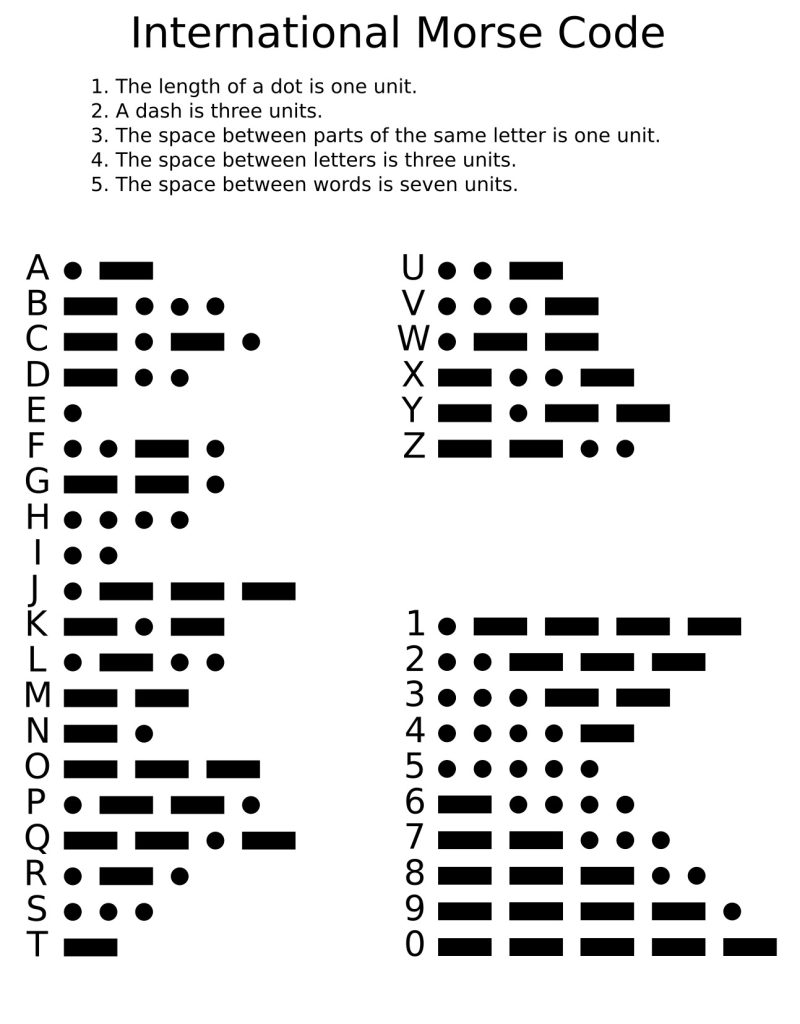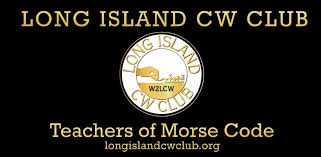CW is quite a paradox among young amateur radio operators. On one hand, some hams find it to be their favorite mode and think it’s the best part of the hobby. On the other hand, some feel that it’s miserable and consider learning CW a complete waste of time. Like many aspects of the hobby though, the beauty (and, thus, worthwhileness) is in the eye of the beholder or, perhaps, the sender in the case of CW.
Many of the friends I’ve made through Youth on the Air (YOTA) and the Young Amateurs Communications Ham Team (YACHT) were very encouraging in regard to learning CW, although after initially getting my license, I wasn’t particularly interested. In fact, I was just immensely grateful that it hadn’t been part of the licensing process.
My initial disinterest aside, I did put forth some feeble attempts to learn it with paper flashcards and some old tapes that I acquired at a local hamfest. Part of my apparent lack of interest in learning Morse code was that I only knew about the stereotypical reasons to learn it: “You’ll be able to work more DX with less power,” “You’ll know a secret language,” etc. I had no idea how much I could do with CW past these possibilities.

Slightly less than a year after I got my tech license, the world began to shut down due to the COVID-19 pandemic. Suddenly, I wasn’t going to school in person anymore and had limitless time to do almost whatever I wanted. I began to spend most of my days on the radio as soon as I finished my online schoolwork and became more and more interested in potentially learning CW. Coincidentally, my mother noticed a post on Facebook about a new CW class for young people being offered by the Long Island CW Club (LICW) and encouraged me to sign up. At first I was very hesitant and wasn’t sure whether I would be able to learn CW in the environment of a Zoom classroom or whether I’d enjoy it or not. After a considerable amount of contemplation, I decided to give the classes a try and see if they would help me with my quest to learn CW.

I attended my first class in mid-March. I remember nervously logging into the Zoom room where I was met by about 20 other young people and an older instructor. The class met every day around noon, since none of us were bound to the rigid school or work schedule that we had to abide by before the pandemic. We learned around two to four letters during each session.
The class followed the Koch and Farnsworth methods, so we started with the letters K, M, R, S, and continued on down the list recommended by the Koch method. In addition to these structured approaches to Morse code teaching, the Zoom room was run similarly to a classroom. We would all join the session, send and receive each other’s answers to the homework that we had been assigned during the previous class, learn the new letters for the day, receive and discuss our homework to have done for the following session, and then reconvene the next day.
Homework usually only consisted of finding a word that only used the letters we had already learned and then sending it to the class the next day. Aside from that we were encouraged to practice the letters and characters we had learned with an online program like Morse Machine or Learn CW Online.
In a little under a month, we had covered all forty characters and most of us were ready to get on the air. This conveniently aligned with one of the LICW-hosted CW sprints, and our instructor encouraged us to all get on the air and try to make a few contacts there. I was incredibly nervous, but I got on the air and made my first CW contact and was absolutely elated.

